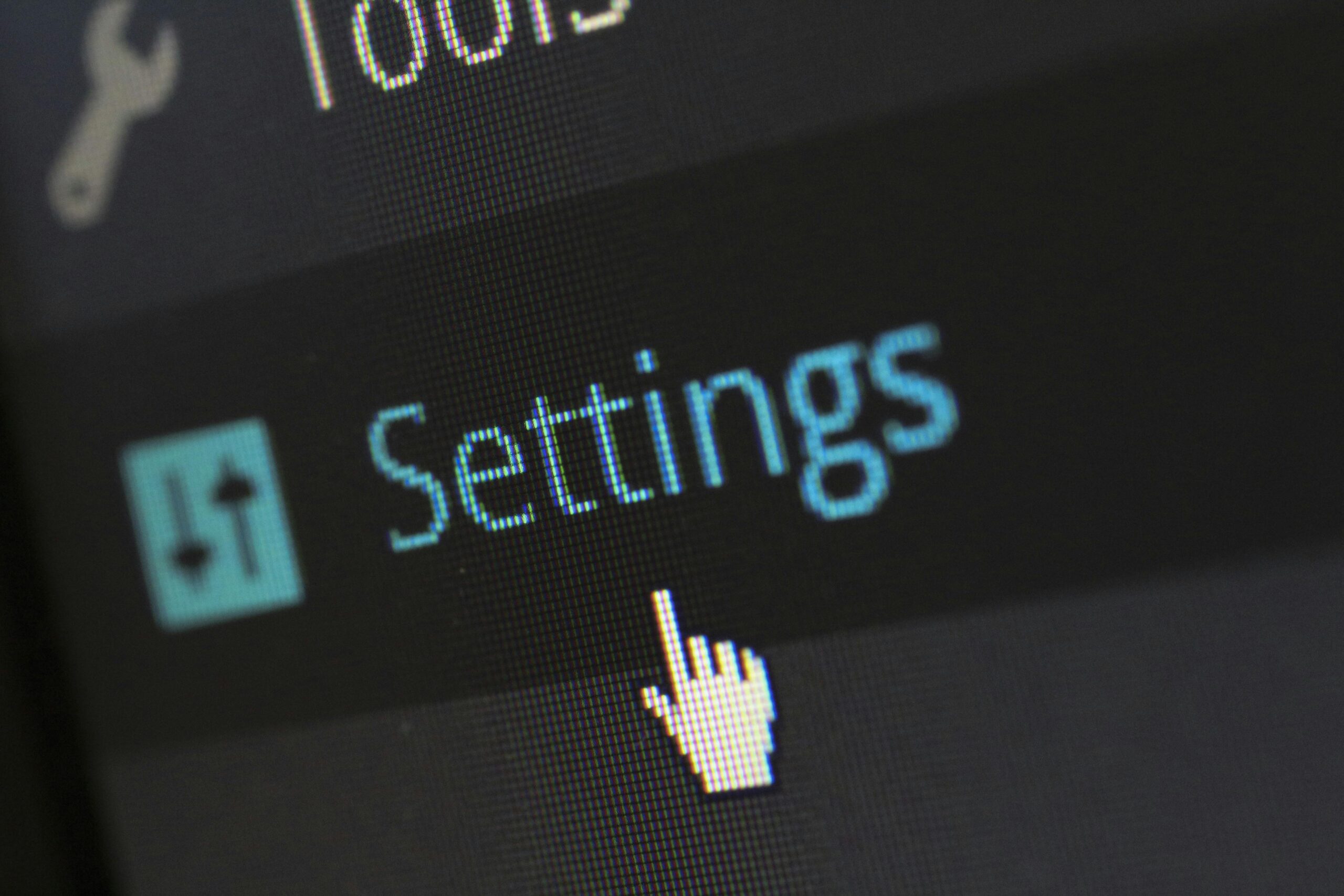When done right, employee recognition has many benefits that can transform a workplace into a place where people want to work and where workplace culture drives the company’s success. However, while it is one thing to recognize the need for employee recognition software, it is another to implement it.
It is a vital tool for creating and maintaining an employee recognition program. It provides many benefits, strengthening a company’s workplace recognition efforts.
So, what are the benefits of employee recognition software? The main benefit of using employee recognition software is to make recognizing and rewarding your team members as seamless as possible. But that is not the only advantage it brings. Below, we will take a deep dive into employee recognition software and explore all the benefits it provides. Let’s get started.
What is Employee Recognition Software?
Employee recognition software is a digital platform that helps organizations manage, automate, and scale their employee recognition programs. These platforms typically allow employees, managers, and even customers to send recognition messages, award points, or give kudos to colleagues for their achievements. They also often include features such as analytics, customizable rewards programs, and integration with other HR tools.
Employee recognition software formalizes traditional, often informal methods of recognizing employee contributions into a structured, consistent, and scalable process. This transformation allows companies to foster a culture of recognition, no matter the size or geographical spread of the organization.

What are the Benefits of Employee Recognition Software?
While an organization can have a successful employee recognition program without a software program, investing in one can provide many benefits that will reduce the burden of maintaining the program and make your efforts more likely to succeed. The benefits of employee recognition software provides include:
- A Streamlined Recognition Process
One of the most significant advantages of employee recognition software is its ability to streamline the recognition process. When companies use software as part of their recognition strategy, it eliminates the need for time-consuming manual processes by digitalizing them, making them more accessible for all employees to participate in. - Real-Time Recognition
Gone are the days of waiting until the next staff meeting or quarterly review to acknowledge someone’s hard work. Employee recognition software supplies a platform for managers and peers to provide immediate feedback, meaning employees can be celebrated as soon as they accomplish something noteworthy.
When employees receive employee appreciation promptly, it better reinforces positive behavior and motivates employees to perform at their best. - More Consistent Appreciation
Consistency is key in any recognition program. Employee recognition platforms ensure that employee recognition is consistent across the organization. Whether it’s a small token of appreciation or a large award, the software makes it easy to ensure that every recognition moment is recorded and celebrated. This consistency helps prevent recognition from becoming an afterthought, making it an integral part of your company culture. - Increased Employee Participation
The majority of work an employee completes is done digitally. So, when employee recognition is done through technology, it becomes a more natural addition to their work day. Additionally, with most software offering features like peer-to-peer recognition, it democratizes the recognition process by encouraging everyone in the organization to participate.
When employees are actively involved in the recognition process, they are more likely to feel connected to their work and their team. This sense of ownership and participation not only boosts morale but also encourages a workplace culture of continuous appreciation. As more employees participate in recognizing each other, it reinforces positive behaviors, strengthens team dynamics, and creates a more collaborative and supportive work environment. - Data-Driven Insights
Many employee recognition software platforms come equipped with analytics and reporting features. These tools provide valuable insights into recognition patterns, helping managers track recognition trends, identify top performers, and understand team dynamics. These insights can be invaluable for HR and management, helping them make informed decisions about employee development, employee reward distribution, and hiring.
For example, suppose the data shows that a particular team or individual consistently receives high levels of recognition. In that case, it might indicate they are a key driver of your company’s success. Conversely, if certain employees or departments receive little to no recognition, it might suggest that they are disengaged, struggling, or needing some recognition, prompting further investigation and support. - Scalability
As your company grows, so too must your recognition program. Employee recognition software is designed to scale with your organization, ensuring that recognition remains a priority no matter how large your team becomes. Whether you’re a small startup with a few employees or a multinational corporation with thousands, the software can accommodate your needs and help you maintain a positive workplace culture. - Flexibility
Company goals, workforce, and workplace culture needs will change over time. As they change, so will employee appreciation and recognition. Instead of laboring over creating, informing, and implementing a new program, recognition software allows an organization to adapt and roll out programs quickly to meet the company’s current needs. - Customizable and Meaningful Reward Programs
Recognition is often more impactful when it’s tied to a meaningful reward. Many employee recognition software platforms offer integration with rewards programs, allowing companies to customize the rewards based on their corporate values and goals. Whether it’s gift cards, company swag, award points, or experiences, these rewards can be tailored to ensure they resonate with employees.
Additionally, because the software houses the rewards program, it can outsource the maintenance of giving out employee rewards. Therefore, it improves consistency and effectiveness while reducing administrative burden. - Reduced Administrative Burden
Managing a recognition program manually can be time-consuming and prone to errors. From tracking employee milestones to managing reward budgets, the administrative tasks associated with consistent recognition can quickly become overwhelming. Employee recognition software automates many of these tasks, reducing the burden on HR and management. This automation saves time and ensures the organization consistently applies the recognition program. - Improved Employee Retention
Employee turnover is a significant challenge for many organizations, and the cost of recruiting, hiring, and training new employees can be substantial. One of the drivers of employee retention is the extent to which employees feel valued and appreciated. Because of the previously mentioned benefits, employee recognition software makes creating a culture of appreciation easier, making employees feel more connected to their work and colleagues. This increased sense of belonging and employee satisfaction can lead to higher employee retention, saving your company time and money in the long run. - Encourages Peer-to-Peer Recognition
While managerial recognition is important, peer-to-peer recognition can be even more impactful. Employee recognition software often includes features encouraging and facilitating colleagues to recognize each other’s contributions. Peer-to-peer recognition can play a vital role in employees building relationships and connections within the organization. - Alignment with Company Values
Every organization has its own set of core values and a unique culture. Employee recognition software can be customized to reflect these values, ensuring the recognition program aligns with the company’s mission and goals. For example, if teamwork is a core value, you can configure the software to encourage recognition of collaborative efforts. By aligning recognition with company values, organizations can reinforce the behaviors and attitudes they want to see in their employees, helping to build a strong, values-driven culture. - Global Accessibility
As more companies embrace remote and hybrid work, the dynamics of corporate life have shifted. This means that for many organizations, office-only recognition is no longer accessible to all employees. Recognition software allows for your program to be easily accessible to all employees, regardless of their location. This inclusivity is crucial for building a cohesive global team, as it ensures that all employees feel valued and included, no matter where they are located. - Boosted Productivity
Recognition is a powerful motivator. When employees are recognized and rewarded for their efforts, they are more likely to maintain or even increase their level of performance. This boost in employee morale and motivation often translates to higher productivity levels, benefiting the company as a whole. Employee recognition software makes it easier to consistently acknowledge and reward hard work, ensuring employees feel motivated to perform at their best.

How Much Does Employee Recognition Software Cost?
The cost of employee recognition software can vary widely depending on the features, the number of users, and the level of customization required. Some basic platforms may offer free or low-cost plans suitable for small teams. At the same time, more comprehensive solutions for larger organizations can range from a few dollars per employee per month to several hundred dollars for enterprise-level services.
When evaluating the cost, consider the return on investment (ROI). The benefits of improved employee engagement, reduced turnover, and increased productivity often outweigh the initial costs of implementing the software. Additionally, many platforms offer tiered pricing models, allowing companies to start with a basic package and scale up as needed.
It’s also worth noting that some platforms offer free trials or demo versions, which can be an excellent way to test the software’s features and determine whether it’s the right fit for your organization before committing to a purchase.
What are Some Employee Recognition Software Options?
Many employee recognition software options are available on the market, each with unique features and benefits. Here are a few popular choices:

- Kudoboard
Trusted by 10 million customers across 180 countries paired with an industry leading customer retention rate, Kudoboard is a leading platform. From celebrating milestone moments to everyday shout outs, Kudoboard transforms recognition into a creative and engaging experience that employees remember. No points. Just connection. Create fun digital posts filled with messages, photos, and videos to celebrate special occasions or recognize achievements. Directly integrate with Slack, MS Teams, HRIS platforms and more. Automate birthdays, anniversaries and onboarding. It’s fun, user-friendly and versatile, making it an excellent choice —especially when companies are looking for a solution that’s proven, engaging and has high adoption rates. Starting thanking for free now. - Awardco
Awardco is a versatile employee recognition platform that partners with Amazon Business to offer many rewards. Employees can be recognized with points that they can redeem for a wide range of items, experiences, or even charitable donations. Awardco’s platform is designed to be highly customizable, allowing companies to tailor recognition programs to align with their unique values and goals. - Bonusly
Bonusly is a point-based employee recognition and rewards platform that enables peers to recognize each other by giving small bonuses that can be redeemed for real-world rewards. The platform emphasizes peer-to-peer recognition and integrates with other workplace tools like Slack and Microsoft Teams. - WorkTango
WorkTango is an employee engagement platform that strongly emphasizes employee recognition as a key driver of workplace culture. WorkTango’s program allows for peer-to-peer recognition as well as manager-driven recognition. The platform’s point-based interface and customizable features make it easy for companies to tailor their recognition programs to meet their needs. - Motivosity
Motivosity focuses on creating a culture of gratitude within organizations. The platform encourages employees to recognize each other for their contributions and offers a points system to reinforce positive behavior. - Workhuman
Workhuman formerly known as Globoforce, is a comprehensive employee recognition platform that offers social recognition, points-based rewards, and continuous employee performance management. It’s designed for large organizations looking for an all-in-one solution. - Nectar
Nectar is a flexible employee recognition platform that empowers employees to give and receive recognition through a social feed, making celebrations visible company-wide. It features a customizable points-based reward system, allowing various options like gift cards and experiences. Nectar also integrates with tools like Slack and Microsoft Teams, making incorporating recognition into daily workflows accessible. - Achievers
Achievers is a cloud-based employee recognition and engagement platform that focuses on aligning recognition with company values and goals. The platform includes social recognition, points-based rewards, and pulse surveys, allowing companies to create a comprehensive employee engagement strategy. Achievers also offers integration with other HR systems. - Terryberry
Terryberry offers a comprehensive employee recognition platform, including service awards and peer recognition. Their 360 Recognition platform allows companies to create custom recognition programs tailored to their unique needs. With features like social recognition, award nominations, and point-based rewards, Terryberry provides a versatile solution that can scale with your organization. - Bucketlist
Bucketlist is an employee recognition and rewards platform focusing on fulfilling employees’ personal and professional goals. The platform allows employees to create a “bucket list” of experiences or achievements they want to accomplish, and colleagues or managers can reward them with points that can be redeemed to help them achieve those goals. This personalized approach to recognition helps employees feel more connected to their work and motivated to perform at their best.
Read More: “15 of 2024’s Best Employee Recognition Software Options”
How to Pick an Employee Recognition Software
Selecting the right employee recognition software involves understanding your organization’s unique needs, culture, and goals. Start by identifying the key features most important to your team—peer-to-peer recognition, real-time employee feedback, customizable rewards, or robust analytics. Consider how the software will integrate with your existing tools and workflows to ensure a seamless employee experience. Reading user reviews, requesting demos, and taking advantage of free trials can provide valuable insights into how the software performs in real-world scenarios.
Another critical factor is aligning the software with your company’s values and culture. The best recognition programs reflect and reinforce what your organization stands for. Additionally, consider the level of support and training the software provider offers, as a well-supported rollout can significantly affect the program’s adoption and success.
Ultimately, the right employee recognition software should meet your functional needs and enhance and elevate your company’s culture of appreciation.
Read More: “15 Questions to Ask in Selecting an Employee Recognition Software”
Right-sizing your brand’s needs
Whether you’re looking for a simple tool or a comprehensive solution, there’s an option that’s perfect for your organization. Kudoboard is an excellent choice for companies that want a versatile and user-friendly recognition tool. It can stand alone as a powerful recognition platform or be integrated into a larger recognition strategy. Here are some features of Kudoboard that make it an effective tool for employee recognition:
- Group Recognition: Kudoboard allows multiple people to contribute to a single board, making it perfect for team-based recognition. Colleagues can collectively add messages, photos, and videos to celebrate an employee’s achievements.
- Customizable Templates: With various templates, Kudoboard can be tailored to fit any occasion, from work anniversaries and milestone achievements to discussion boards and employee shout-outs.
- Easy Sharing and Accessibility: Boards can be shared easily via email or links and accessed anytime, anywhere.
- Printable Keepsakes: Kudoboard offers the option to print boards as physical keepsakes, providing a lasting memento of recognition that employees can cherish.
- Integration with Workplace Tools: Kudoboard integrates with tools like Slack and Microsoft Teams, making it easy to incorporate recognition into daily workflows and ensuring that appreciation is shared in the spaces where teams are already communicating.
- Automate important recognition moments: Never forget a key employee milestone with automated Kudoboards for birthdays, onboardings, and more. Or schedule boards in advance to ensure timely and relevant recognition for project completions and work anniversaries.

These features make Kudoboard a versatile and powerful tool for fostering a culture of recognition and appreciation in any organization.
Wrapping Up
Ultimately, investing in employee recognition software is not just a smart business move—it’s an investment in your people. By streamlining the recognition process, boosting engagement, and providing valuable insights, these platforms help create a positive work environment where employees feel valued and motivated to do their best.




